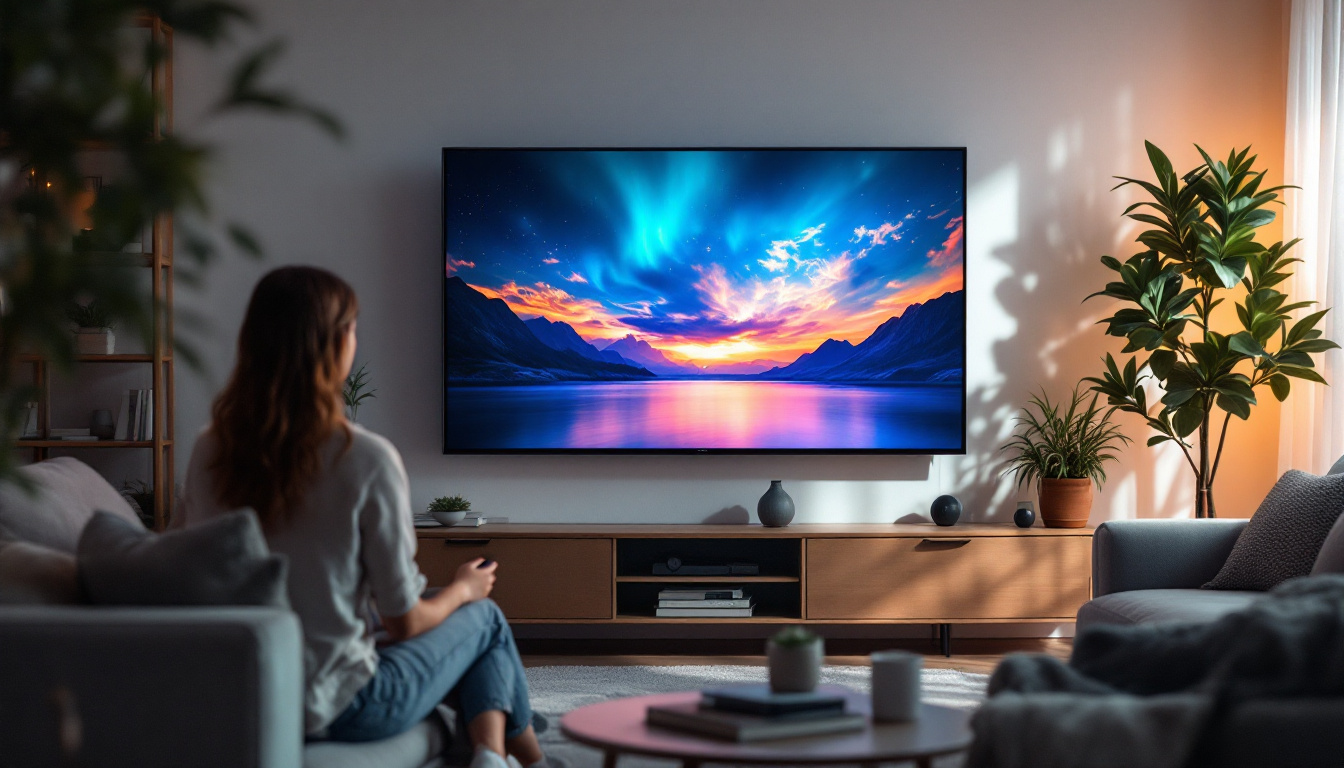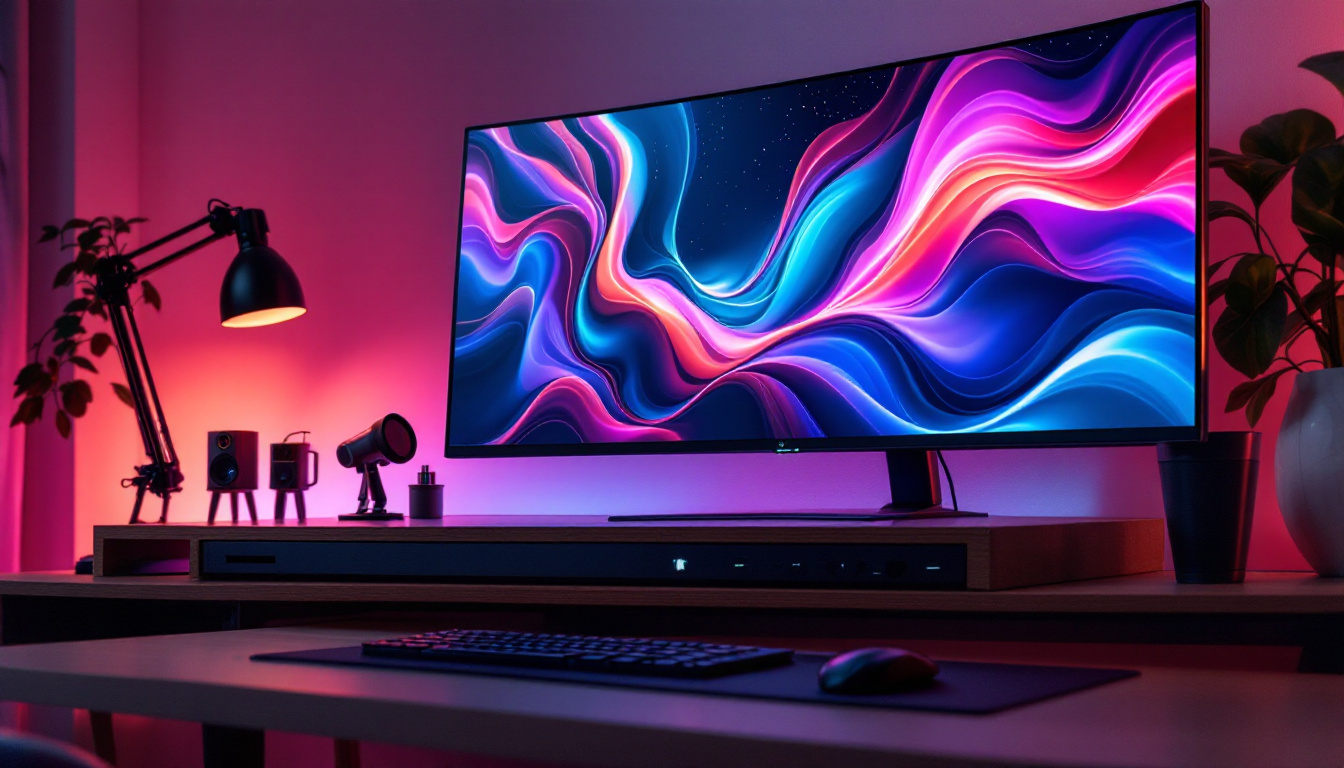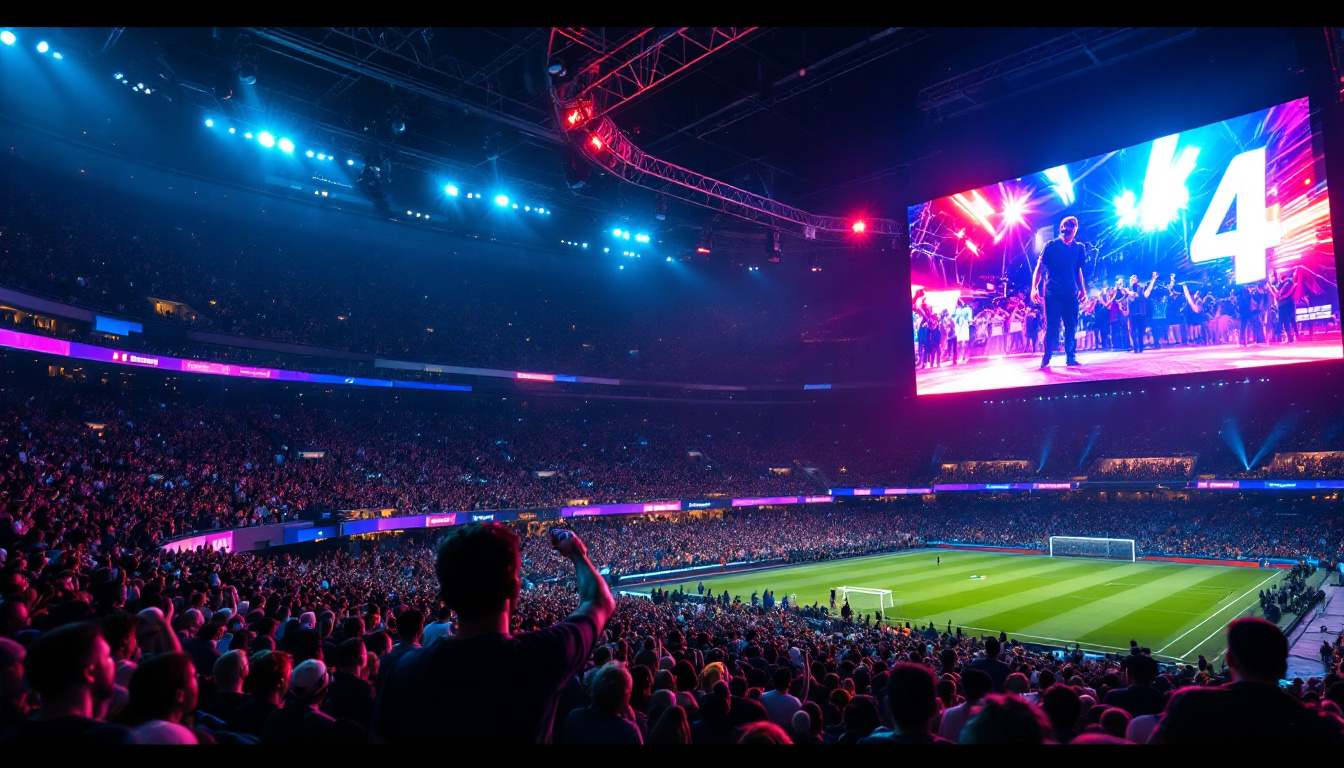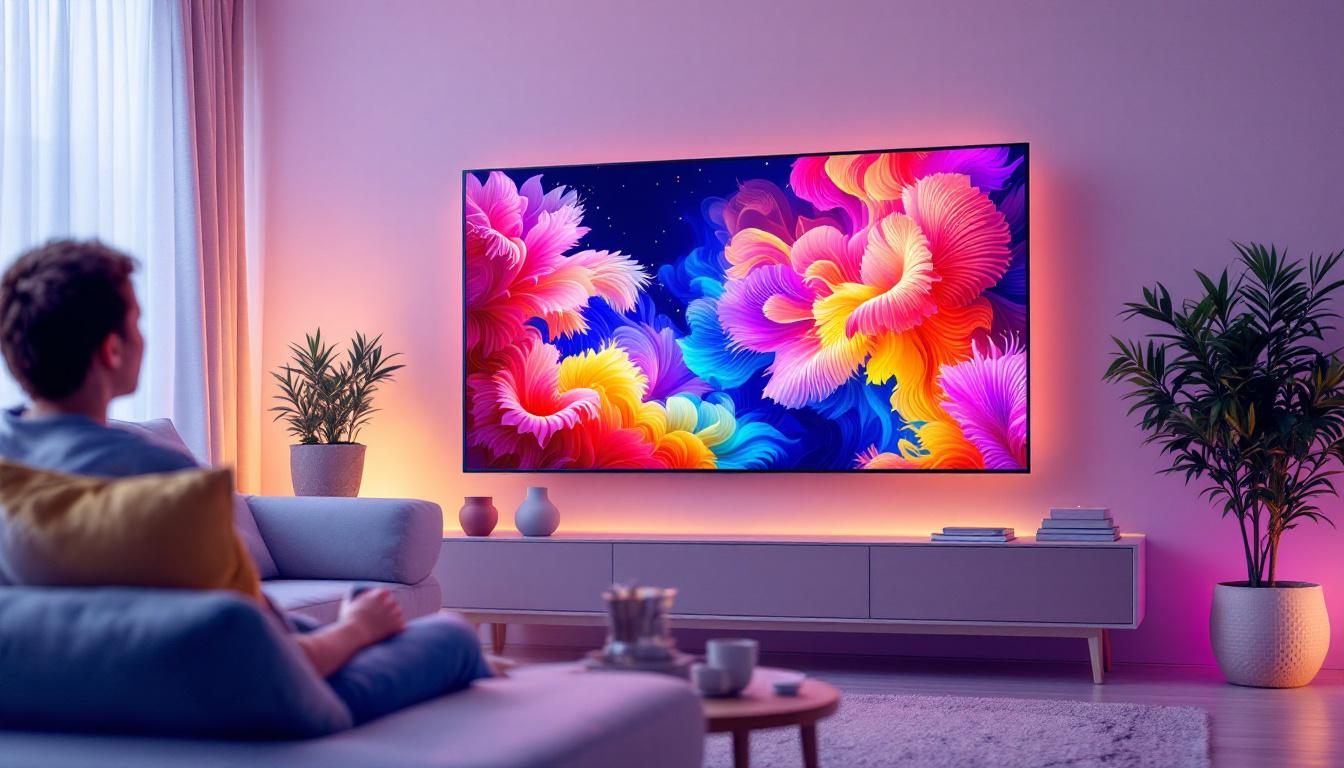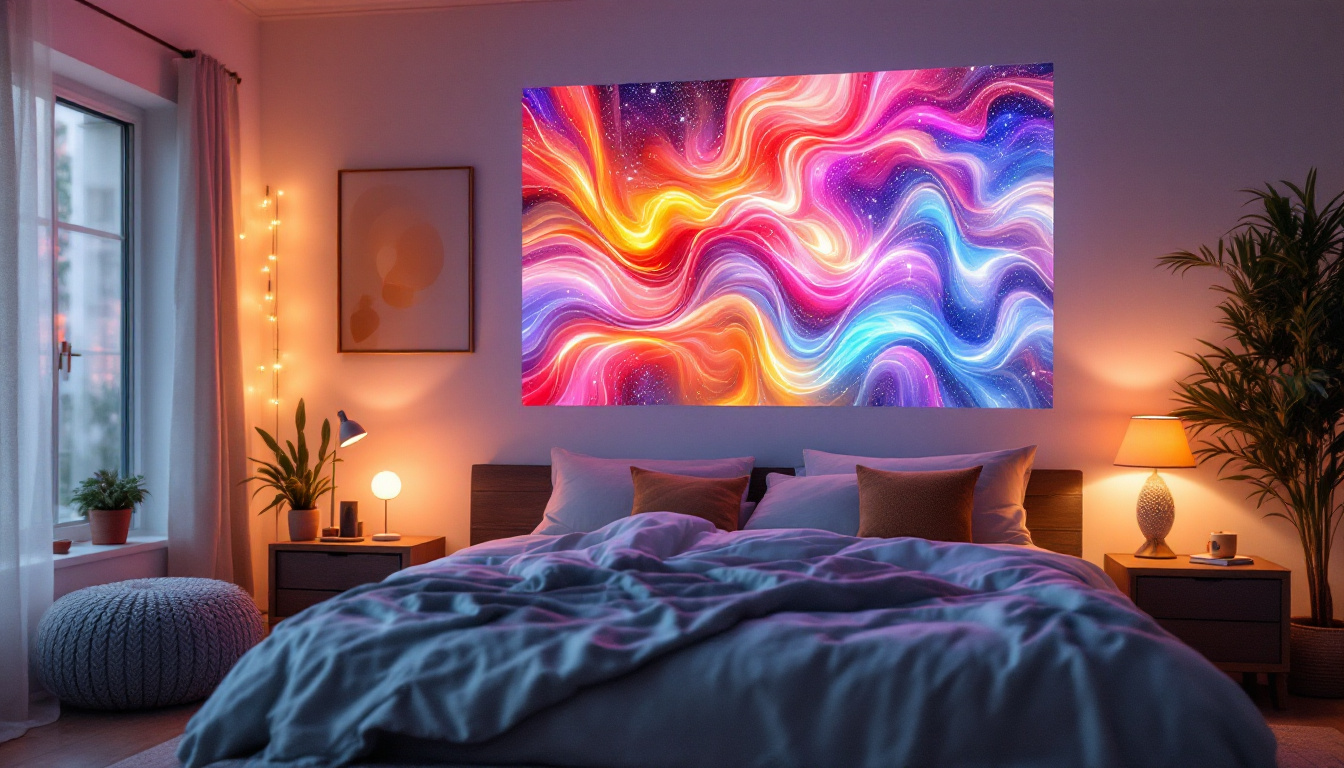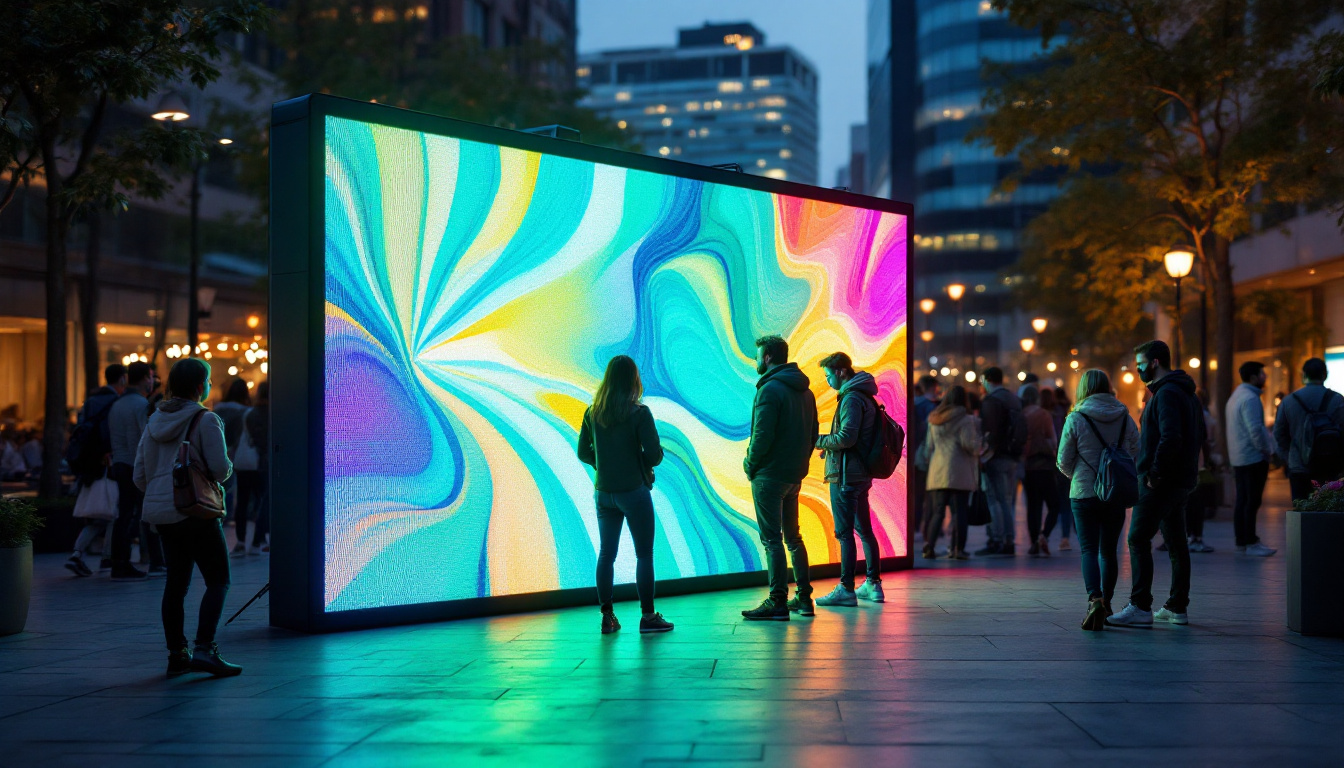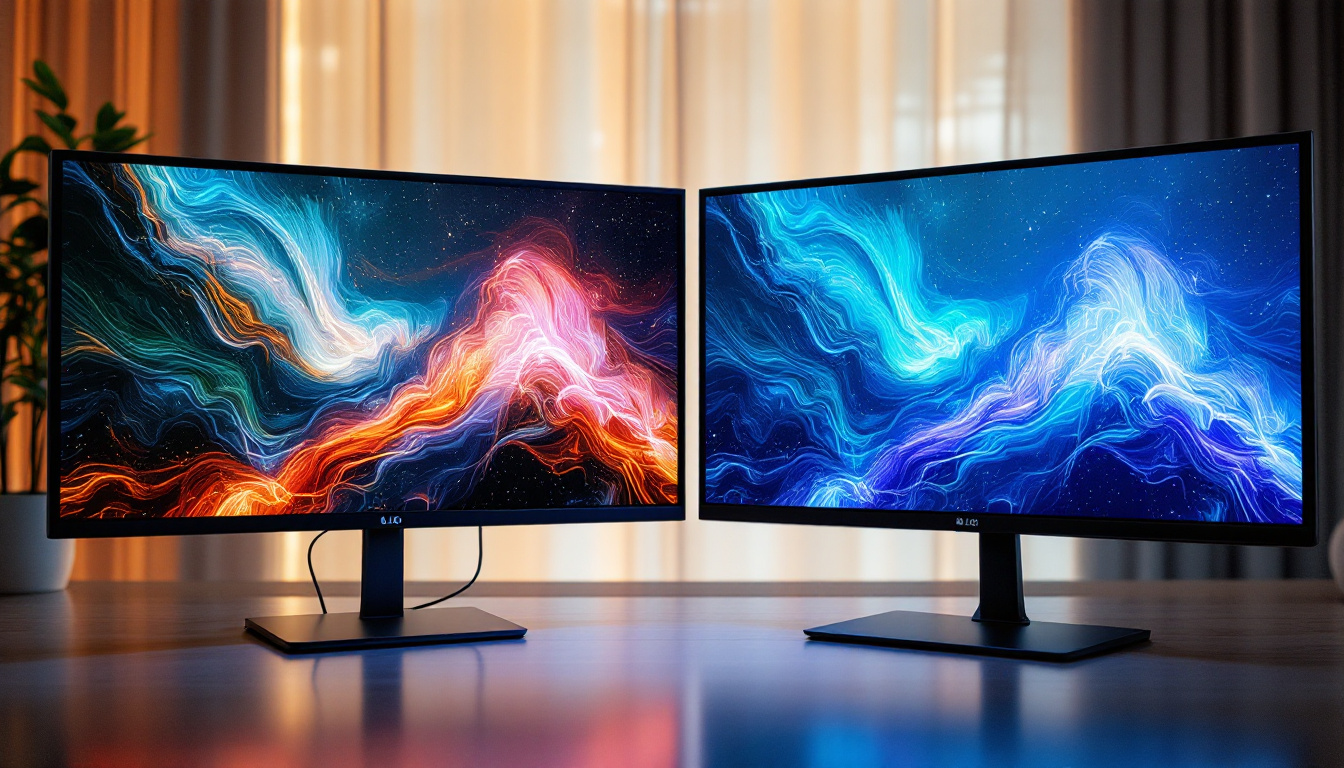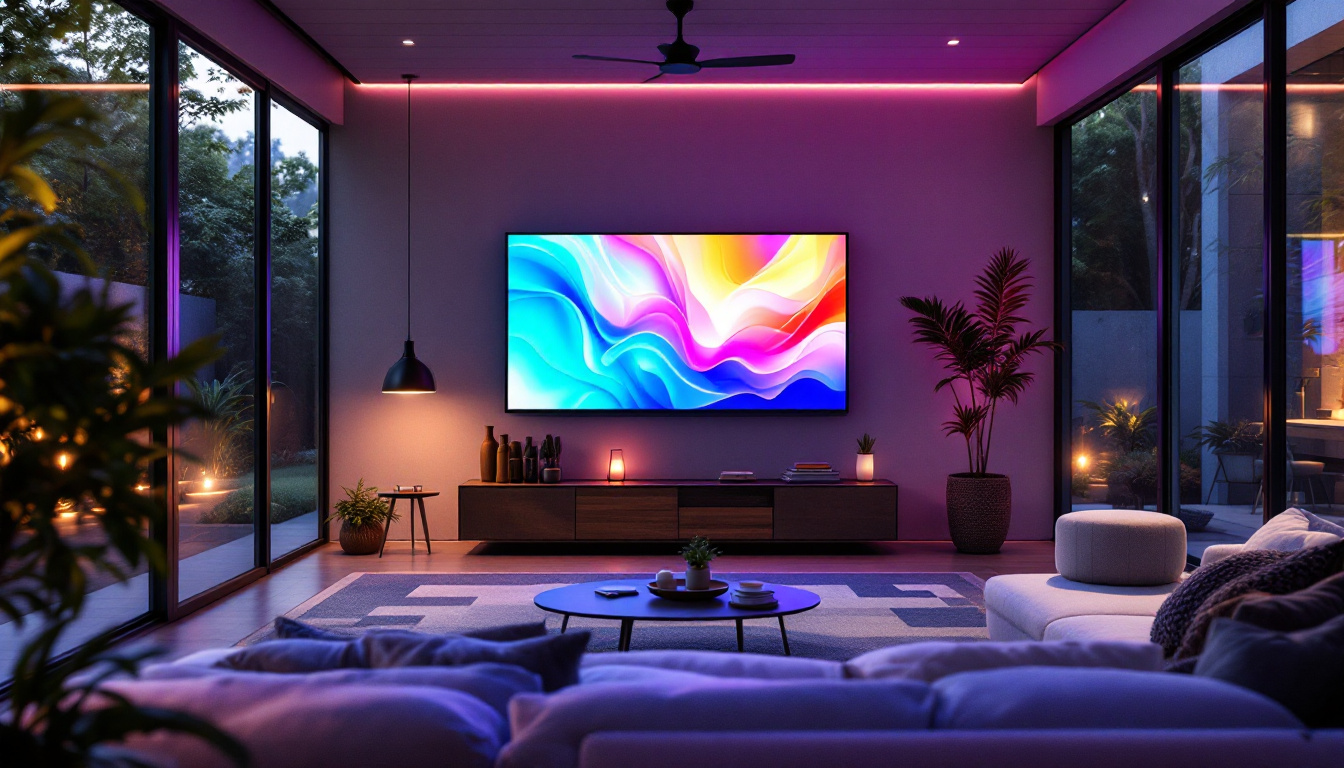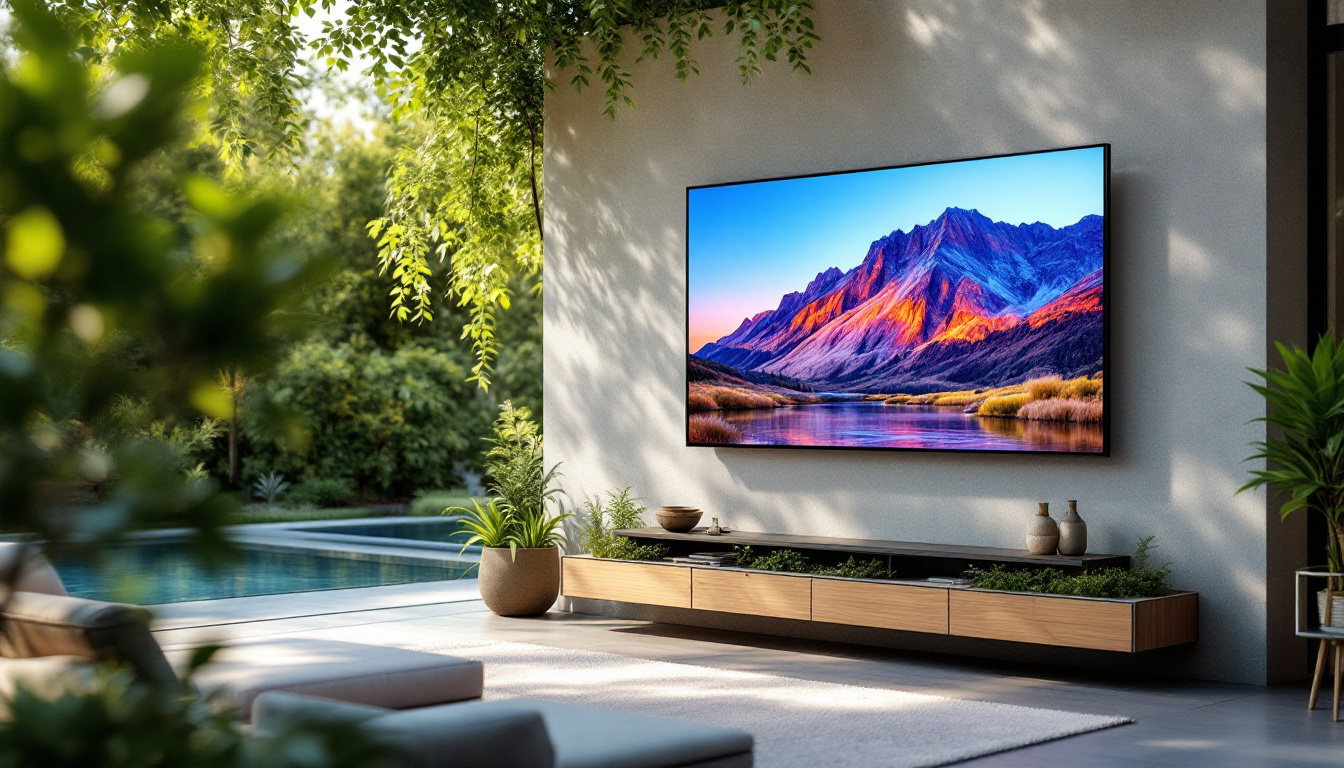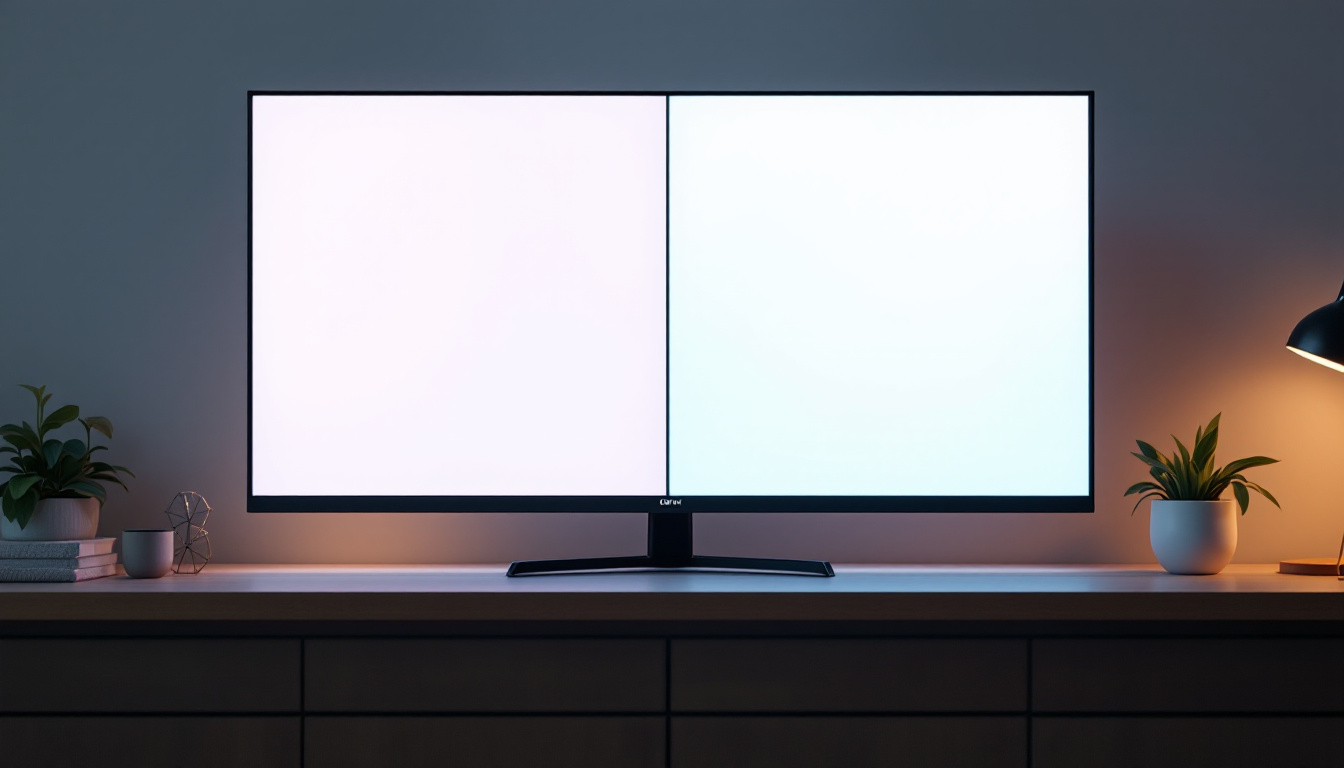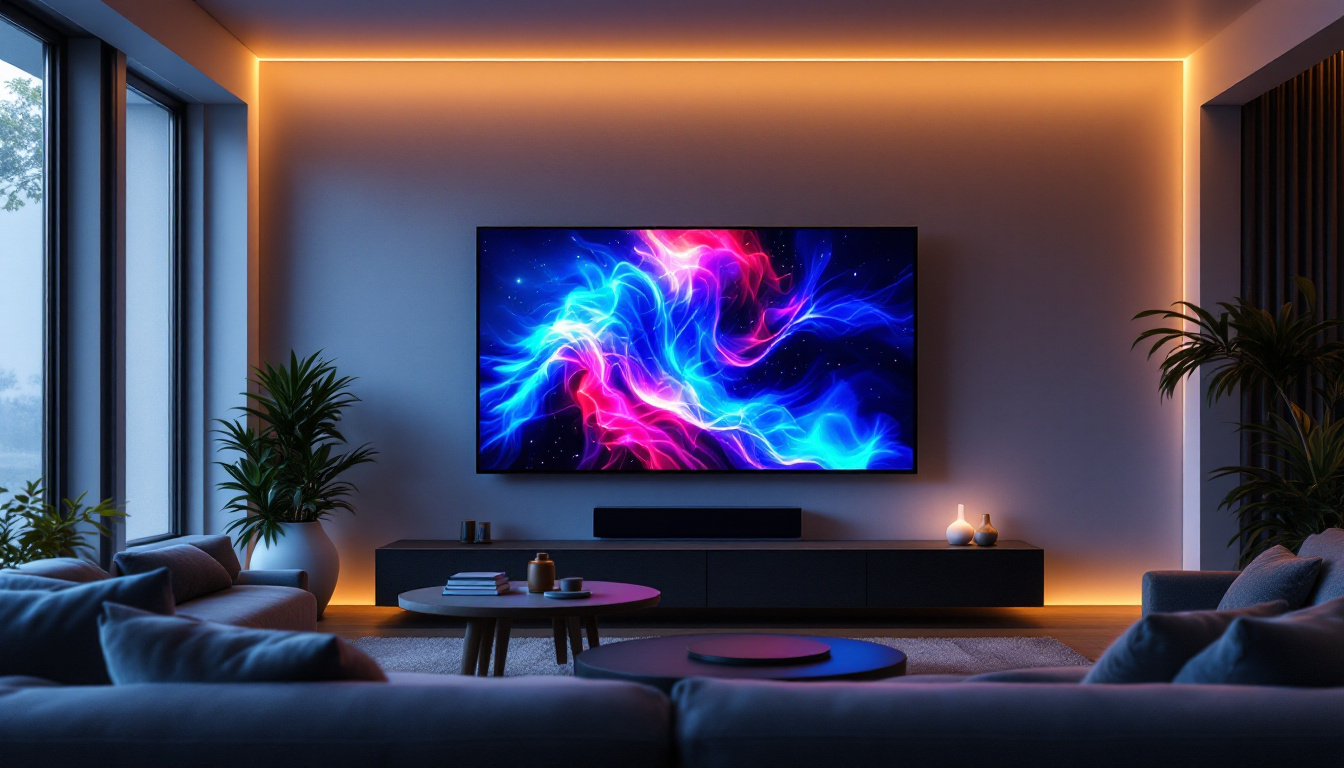Touch Screen TV For Conference Room: LED Display Explained
In today’s business environment, effective communication is paramount. Conference rooms have evolved from simple meeting spaces to advanced collaborative environments equipped with cutting-edge technology. One such innovation that has gained traction is the touch screen TV, particularly those utilizing LED display technology. This article delves into the features, benefits, and considerations of using touch screen TVs in conference rooms.
Understanding Touch Screen Technology
What is a Touch Screen TV?
A touch screen TV is a display that allows users to interact with the screen directly through touch. This technology can be found in various devices, including smartphones, tablets, and increasingly in larger formats such as televisions. In a conference room setting, touch screen TVs enable participants to engage with content in a more interactive manner.
These devices typically utilize capacitive or resistive touch technology, allowing for multi-touch capabilities. This means that multiple users can interact with the screen simultaneously, fostering collaboration and enhancing productivity during meetings. Furthermore, touch screen TVs often come equipped with software that enables features such as digital whiteboarding and annotation, allowing users to draw or write directly on the screen. This interactivity can transform a standard presentation into a dynamic brainstorming session, where ideas can be captured and shared in real time.
LED Display Technology Explained
LED, or Light Emitting Diode, display technology is a popular choice for touch screen TVs due to its superior image quality and energy efficiency. Unlike traditional LCDs, which use fluorescent backlighting, LED displays utilize tiny diodes to produce light, resulting in brighter images and deeper blacks.
LED displays also offer a wider color gamut, which means they can display a more extensive range of colors. This is particularly beneficial in a conference room where presentations often include graphics, charts, and videos that require accurate color representation. Additionally, LED technology contributes to faster refresh rates, which is essential for smooth video playback and reduces motion blur during fast-paced presentations. The durability of LED screens also means they are less prone to burn-in, making them a reliable choice for businesses that require long hours of operation without compromising image quality.
Advantages of Touch Screen TVs in Conference Rooms
Enhanced Collaboration
One of the most significant advantages of touch screen TVs in conference rooms is the enhancement of collaboration. These devices allow participants to interact with presentations directly, making it easier to annotate, highlight, or modify content on the fly. This interactive capability transforms traditional presentations into dynamic discussions, encouraging participation from all attendees.
Moreover, many touch screen TVs come equipped with software that supports real-time collaboration, enabling remote participants to join in seamlessly. This is particularly crucial in today’s hybrid work environment, where teams may be distributed across various locations. Tools like video conferencing integration and shared digital whiteboards can further enrich the collaborative experience, allowing teams to brainstorm and innovate together, regardless of their physical location. The ability to share screens and documents in real-time fosters a sense of unity and teamwork, making every meeting more productive.
Improved Visual Experience
Touch screen TVs with LED displays provide an unparalleled visual experience. The clarity and brightness of LED technology ensure that even in well-lit conference rooms, images and text remain sharp and legible. This is essential for ensuring that all participants can see the content being presented, regardless of their seating position.
Additionally, the high resolution of LED displays allows for detailed graphics and videos to be shown without pixelation, making them ideal for presentations that rely on visual storytelling. This enhanced visual experience can lead to better retention of information and more engaging discussions. Furthermore, many touch screen TVs support multiple input sources, allowing presenters to switch effortlessly between different media formats—be it a PowerPoint presentation, a video, or live data feeds—ensuring that the content remains fresh and captivating throughout the meeting.
Space Efficiency
Another advantage of touch screen TVs is their space efficiency. Traditional projectors require significant space and often need to be mounted on ceilings or walls, which can complicate room design. In contrast, touch screen TVs can be easily mounted on walls or placed on stands, freeing up valuable floor space.
This compact design is particularly beneficial in smaller conference rooms where maximizing space is essential. Additionally, many touch screen TVs are designed with sleek aesthetics, contributing to a modern and professional appearance in any meeting environment. The ability to integrate these devices into existing furniture or use mobile stands also allows for flexible room configurations, enabling organizations to adapt their spaces for various types of meetings or collaborative sessions. This versatility not only enhances the functionality of the conference room but also supports a more fluid and adaptable work culture.
Key Features to Consider
Screen Size and Resolution
When selecting a touch screen TV for a conference room, screen size and resolution are critical factors to consider. The size of the display should be appropriate for the room dimensions and the number of participants. A larger screen may be necessary for bigger rooms or larger groups to ensure that everyone can see the content clearly. For instance, a 65-inch screen might suffice for a small meeting room, while a 75-inch or larger screen could be more suitable for a large boardroom where distance from the screen is a factor.
Resolution is equally important; opting for a 4K resolution screen can provide exceptional clarity, making it easier to view detailed graphics and text. This is particularly relevant for presentations that involve intricate data visualizations or high-definition videos. Furthermore, high-resolution displays can enhance the viewing experience during video conferences, allowing participants to see facial expressions and body language more clearly, which can be crucial for effective communication.
Touch Technology and Responsiveness
The type of touch technology used in the display can significantly impact user experience. Capacitive touch screens, for instance, are generally more responsive and support multi-touch gestures, allowing for a more intuitive interaction. This can enhance the overall effectiveness of presentations, as users can easily navigate through content or collaborate with others on the screen. Additionally, some advanced touch screens come with features like palm rejection, which prevents accidental touches while writing or drawing, making them ideal for brainstorming sessions.
Additionally, the responsiveness of the touch screen is crucial; a lagging display can lead to frustration and hinder collaboration. Testing the responsiveness of the screen before making a purchase is advisable to ensure it meets the needs of the conference environment. Look for screens with low latency and high refresh rates, as these attributes contribute to a smoother user experience. Moreover, consider the durability of the touch technology, especially in high-traffic environments where screens may be frequently used by different participants.
Connectivity Options
In a modern conference room, connectivity is vital. Touch screen TVs should offer a range of connectivity options, including HDMI, USB, and wireless capabilities. This allows for easy connection to laptops, tablets, and other devices, facilitating seamless presentations. Additionally, having multiple HDMI ports can be beneficial, as it allows several devices to be connected simultaneously, catering to different presenters without the hassle of unplugging and re-plugging devices.
Moreover, wireless connectivity options, such as Wi-Fi or Bluetooth, enable participants to share content from their devices without the need for cumbersome cables. This flexibility can significantly enhance the efficiency of meetings, allowing for quick transitions between speakers and content. Some touch screen TVs also support screen mirroring technologies, such as Apple AirPlay or Google Cast, which can further simplify the process of sharing information. Furthermore, consider the integration of collaboration tools and software that can be used in conjunction with the touch screen, as these can provide additional functionalities and enhance the overall meeting experience.
Installation and Maintenance Considerations
Professional Installation
While some organizations may opt for DIY installation, professional installation is often recommended for touch screen TVs in conference rooms. Proper mounting and setup can ensure optimal viewing angles and functionality. Additionally, professionals can assist in integrating the display with existing AV systems, ensuring a cohesive setup.
Moreover, professional installers can provide valuable insights into the best placement for the screen, taking into account factors such as lighting and room layout. This can enhance the overall user experience and ensure that the technology works seamlessly during meetings.
Regular Maintenance
Maintaining a touch screen TV is essential for longevity and performance. Regular cleaning of the screen is crucial, as fingerprints and smudges can detract from the visual experience. Using appropriate cleaning solutions and microfiber cloths can help maintain the screen’s clarity without causing damage.
Additionally, keeping the software updated is vital for ensuring that the touch screen TV operates smoothly. Many manufacturers provide regular firmware updates that can enhance functionality and security. Establishing a routine maintenance schedule can help keep the technology in optimal condition.
Future Trends in Touch Screen Technology
Integration with AI and Smart Features
As technology continues to evolve, the integration of artificial intelligence (AI) and smart features into touch screen TVs is becoming increasingly common. These advancements can enhance user experience by providing features such as voice recognition, gesture control, and smart scheduling.
For instance, AI can assist in managing meetings by automatically adjusting settings based on the number of participants or the type of presentation. This can streamline the user experience, allowing teams to focus on collaboration rather than technical issues.
Increased Interactivity
The future of touch screen TVs in conference rooms is likely to see an increase in interactivity. Enhanced software capabilities may allow for more engaging presentations, such as interactive polls, quizzes, and real-time feedback from participants.
This level of interactivity can transform the way meetings are conducted, making them more engaging and productive. As businesses continue to seek innovative ways to improve collaboration, the demand for advanced touch screen technology is expected to grow.
Conclusion
Touch screen TVs with LED display technology are revolutionizing the way conference rooms operate. Their ability to enhance collaboration, improve visual experiences, and save space makes them an invaluable asset for modern businesses. When selecting a touch screen TV, considerations such as screen size, resolution, touch technology, and connectivity options are crucial to ensure that the device meets the specific needs of the conference environment.
As technology continues to advance, the integration of smart features and increased interactivity will further enhance the effectiveness of touch screen TVs in conference rooms. Embracing this technology can lead to more productive meetings, better communication, and ultimately, a more successful business environment.
Discover LumenMatrix LED Display Solutions
Ready to elevate your conference room with the latest in touch screen TV technology? LumenMatrix is at the forefront of LED display innovation, offering a wide array of solutions that bring your presentations to life. From Indoor LED Wall Displays to Custom LED Displays, our products are designed to foster unparalleled collaboration and engagement. Experience the difference that cutting-edge technology can make in your business meetings. Check out LumenMatrix LED Display Solutions today and transform your conference room into a hub of productivity and creativity.


